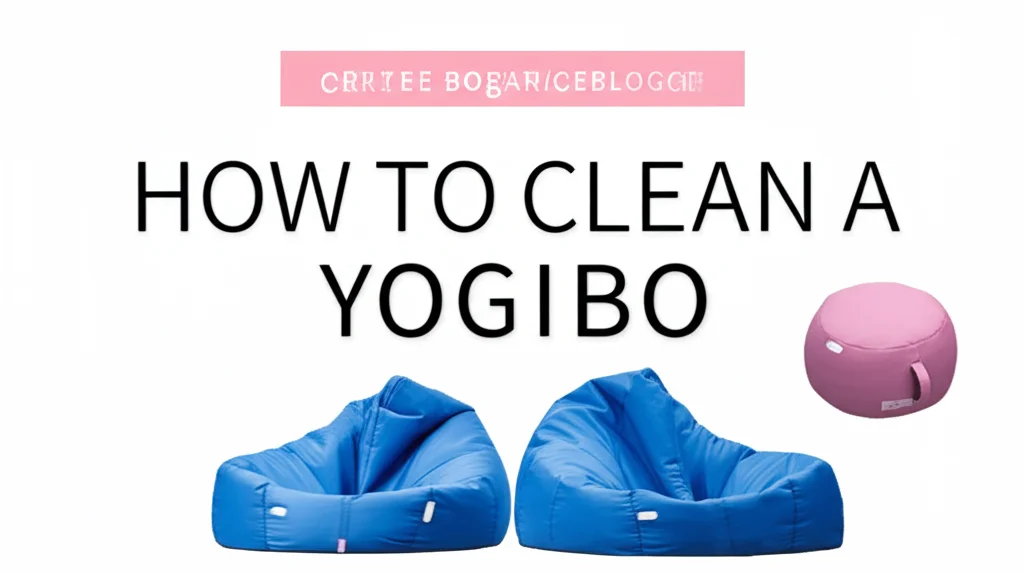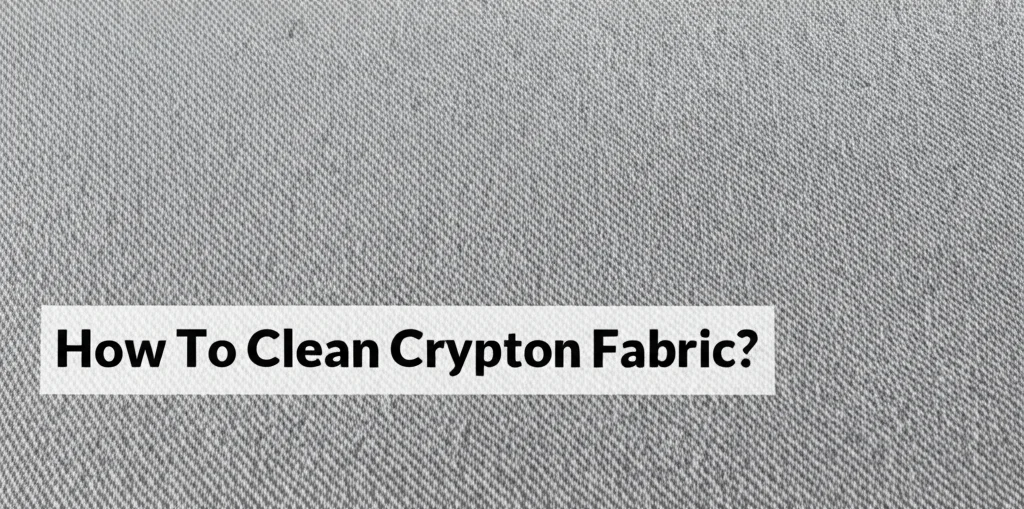· Home Cleaning · 7 min read
How To Clean Metal Prints?

Keeping Your Memories Shining: How To Clean Metal Prints
Have you invested in stunning metal prints to showcase your favorite photos? Metal prints offer a modern, vibrant look, but they do require specific care to maintain their beauty. Cleaning metal prints isn’t difficult, but using the wrong methods can cause damage. This article will guide you through everything you need to know about how to clean metal prints, from routine dusting to tackling stubborn stains, ensuring your cherished images remain brilliant for years to come. We’ll cover the best cleaning solutions, techniques, and preventative measures to keep your metal prints looking their best.
Takeaway:
- Use a soft, lint-free cloth for regular dusting.
- Mild soap and water are safe for general cleaning.
- Avoid abrasive cleaners and harsh chemicals.
- Dry immediately to prevent water spots.
Can you clean metal prints?
Yes, you can clean metal prints! Regular, gentle cleaning is key to preserving their vibrant colors and preventing damage. Using the right techniques and avoiding harsh chemicals will keep your prints looking their best for years.
Understanding Your Metal Print Surface
Before diving into cleaning, it’s important to understand what your metal print is made of. Most metal prints are created using a dye-sublimation process on aluminum. This means the image is infused into a special coating on the aluminum surface. Knowing this helps you choose the right cleaning methods. Different finishes, like glossy or matte, may also react differently to cleaning solutions.
Dye-Sublimation and the Protective Coating
The dye-sublimation process creates a durable, scratch-resistant image. However, the protective coating is still susceptible to damage from abrasive cleaners or harsh chemicals. This coating is what gives the print its vibrant color and protects the aluminum from corrosion. Therefore, gentle cleaning is always the best approach.
Glossy vs. Matte Finishes
Glossy metal prints tend to show fingerprints and smudges more easily, requiring more frequent cleaning. Matte finishes are less prone to showing these imperfections but can still accumulate dust. When cleaning, always test a small, inconspicuous area first to ensure the cleaning solution doesn’t affect the finish.
Routine Cleaning: Dusting and Light Wiping
Regular maintenance is the best way to prevent dirt and grime from building up on your metal prints. A simple dusting routine can go a long way in keeping them looking their best. This section will cover the best practices for routine cleaning.
The Importance of Regular Dusting
Dust can settle on the surface of metal prints, making them appear dull. Use a soft, lint-free microfiber cloth to gently dust the surface. Microfiber cloths are ideal because they trap dust particles without scratching the coating. Aim to dust your prints at least once a week, or more often in dusty environments.
Gentle Wiping with Mild Soap and Water
For a more thorough cleaning, you can use a solution of mild dish soap and water. Mix a few drops of dish soap with warm water. Dampen a clean, lint-free cloth with the solution, wring it out thoroughly, and gently wipe the surface of the print. Avoid applying too much pressure, and always wipe in the direction of the grain (if visible).
Tackling Stubborn Stains on Metal Prints
Sometimes, dusting and gentle wiping aren’t enough to remove stubborn stains. This section will guide you through safely removing common stains from your metal prints. Remember to always test any cleaning solution in an inconspicuous area first.
Removing Fingerprints and Smudges
Fingerprints and smudges are common on metal prints, especially glossy ones. A slightly damp microfiber cloth can usually remove these easily. If the smudges are persistent, you can use a small amount of glass cleaner, but be sure to wipe it off immediately with a clean, damp cloth.
Dealing with Water Spots
Water spots can appear if the print isn’t dried properly after cleaning. To remove water spots, use a solution of equal parts white vinegar and water. Apply the solution to a clean cloth and gently wipe the affected area. Dry the print immediately with a clean, dry cloth. You can also find more information on how to remove water spots from other surfaces here.
Addressing Sticky Residue
Sticky residue, like from stickers or tape, can be tricky to remove. Try using a small amount of rubbing alcohol on a cotton swab. Gently dab the residue, allowing the alcohol to dissolve it. Wipe away the residue with a clean cloth. Avoid rubbing vigorously, as this could damage the coating.
Cleaning Solutions to Avoid
Using the wrong cleaning solutions can permanently damage your metal prints. It’s crucial to know which products to avoid to protect your investment. This section will outline the cleaning solutions you should never use on metal prints.
Abrasive Cleaners and Scrubbing Pads
Abrasive cleaners, like scouring powders or steel wool, will scratch the protective coating on your metal print. Similarly, scrubbing pads can cause irreversible damage. Always opt for soft cloths and gentle cleaning solutions.
Harsh Chemicals and Solvents
Avoid using harsh chemicals like bleach, ammonia, or acetone. These chemicals can dissolve the protective coating and cause discoloration. Even seemingly harmless cleaners like window cleaners with strong solvents should be used with caution.
Acidic Cleaners
Acidic cleaners, like lemon juice or vinegar in high concentrations, can corrode the aluminum surface. While diluted vinegar can be used for water spots, always use it sparingly and rinse thoroughly.
Protecting Your Metal Prints Long-Term
Preventative measures can significantly reduce the need for frequent cleaning and help maintain the beauty of your metal prints. This section will cover tips for long-term protection.
Proper Placement and Handling
Avoid placing metal prints in direct sunlight or areas with high humidity. Sunlight can cause fading, while humidity can lead to corrosion. When handling the prints, always hold them by the edges to avoid leaving fingerprints.
Using Protective Coatings (Optional)
While not necessary, you can apply a protective coating specifically designed for metal prints. These coatings can provide an extra layer of protection against scratches, UV damage, and moisture.
Regular Inspection and Maintenance
Periodically inspect your metal prints for any signs of damage or dirt buildup. Addressing issues promptly can prevent them from worsening. A quick dusting once a week and a gentle wipe-down every few months will keep your prints looking their best. You can also learn more about maintaining other surfaces here.
Frequently Asked Questions (FAQ)
Q: Can I use a glass cleaner on my metal print?
A: Yes, you can use a small amount of glass cleaner, but be sure to wipe it off immediately with a clean, damp cloth. Avoid cleaners with harsh chemicals or abrasives.
Q: How do I remove a stubborn sticker from my metal print?
A: Try using a small amount of rubbing alcohol on a cotton swab to gently dissolve the adhesive. Wipe away the residue with a clean cloth.
Q: Will vinegar damage my metal print?
A: Diluted vinegar can be used to remove water spots, but use it sparingly and rinse thoroughly with water. Avoid using concentrated vinegar, as it can corrode the aluminum.
Q: Is it okay to use a paper towel to clean my metal print?
A: No, paper towels can leave behind lint and potentially scratch the surface. Always use a soft, lint-free microfiber cloth.
Q: How often should I clean my metal print?
A: Dust your metal print weekly and give it a gentle wipe-down with mild soap and water every few months, or as needed.
Conclusion: Preserving Your Visual Treasures
Cleaning metal prints is a straightforward process when you know the right techniques. Remember to prioritize gentle cleaning methods, avoid harsh chemicals, and protect your prints from environmental factors. By following these guidelines, you can ensure your metal prints remain vibrant and beautiful for years to come, continuing to showcase your cherished memories. Regular dusting and occasional gentle cleaning with mild soap and water are key to maintaining their stunning appearance. Don’t hesitate to explore additional cleaning tips for your home here.




